
With the collector Evan Chow at Duddell’s
Returning to London, still buzzing from the electric energy of Hong Kong and Shanghai, I found myself reflecting on the whirlwind of my first trip back to the mainland in three years since the pandemic. The contrast between the Western and Chinese art worlds has always fascinated me, and now, having observed both up close, it feels like watching two parallel narratives unfold, each with its own unique rhythm and flair.
Over the past few years, particularly during the pandemic, my Chinese social media—think RED, the local Instagram—has been buzzing with inquiries. Through this digital gateway, I’ve connected with a new wave of collectors I’ve yet to meet in person. My recent journey to Asia for Art Basel Hong Kong has begun to unravel the mystery of these emerging Chinese collectors and the shifting dynamics within Hong Kong’s art scene.
With so many art fairs vying for attention globally, each has its own distinct flavor. Los Angeles offers a scenic, moody, and vibrant experience, while Art Basel Paris+ caters to a global audience, although some avant-garde Parisian galleries remain a bit too niche for newcomers. In Switzerland, it’s all about the conceptual and experimental, while Seoul’s KIAF pulses with the dual influences of Dansaekhwa and the rising tide of cartoon art. And then there’s Hong Kong—a melting pot of themes, subjects, and styles, still evolving and not yet pinned down to a singular identity.

In conversation with Simon de Pury
During my time in Hong Kong, I had the pleasure of catching up with art world veteran Simon de Pury, whom I’ve had the privilege of interviewing before. Simon, returning to Hong Kong for the first time in three and a half years, was quick to remark on the city’s unique energy: “Hong Kong has a tangible vibrancy—one of the few places where you feel its pulse as soon as you arrive, and leave with a bittersweet sense of longing. The events and parties here are almost art forms in their own right. Now that Hong Kong boasts world-class institutions and a dynamic art ecosystem, it’s a must-visit every six months for fresh inspiration.”
Pre-Covid, Art Basel Hong Kong week was a heady mix of fantasy and reality, fueled by art deals and the glittering East-meets-West social scene. Back then, Hong Kong’s art ecosystem was less diverse, with limited gallery spaces, few non-profits, and sky-high rents making it tough for emerging artists. Fast forward a few years, and the landscape has transformed. Independent art spaces like Current Plans, with its experimental shows, and Seefood Room, which collaborated with British platform AucArt during Art Basel, have sprung up. M+ opened its doors in 2021, alongside the Hong Kong Palace Museum of Culture and the vibrant Wong Chuk Hang Art Zone. As local collector Alan Lo put it, “Hong Kong’s cultural and artistic landscape is now complete.”

At the luncheon discussion at Soho House Hong Kong, with Natasha Arselan, the founder of AucArt, Matt Chung, the founder of Gallery Ascend, Samson Ko, the founder of Seefood Room Gallery, the artist Mizuki Nishiyama, and the representative of Artsy Asia, Moonny Man

Another collector, Lawrence Chu, reflected on the city’s evolution: “The three years of relative calm allowed Hong Kong to reset and self-reflect. Now, it’s reaching its full potential and even considering how to help other countries do the same. Hong Kong could very well be a springboard for international narratives.”

Lawrence Chu’s favourite pieces at Art Basel: Tami Campbell, Anat Ebji
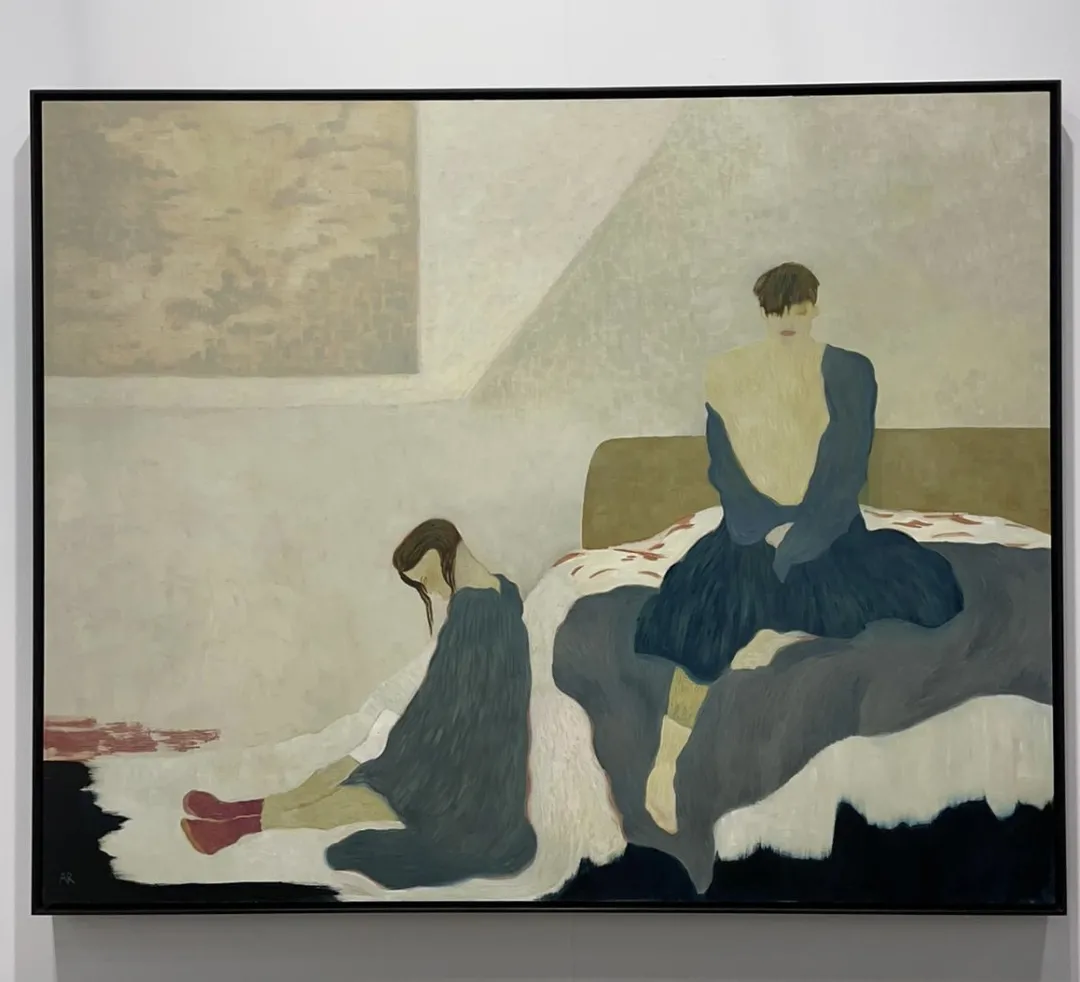
Lawrence Chu’s favourite pieces at Art Basel: Anna Rothenstein, Stephen Friedman Gallery
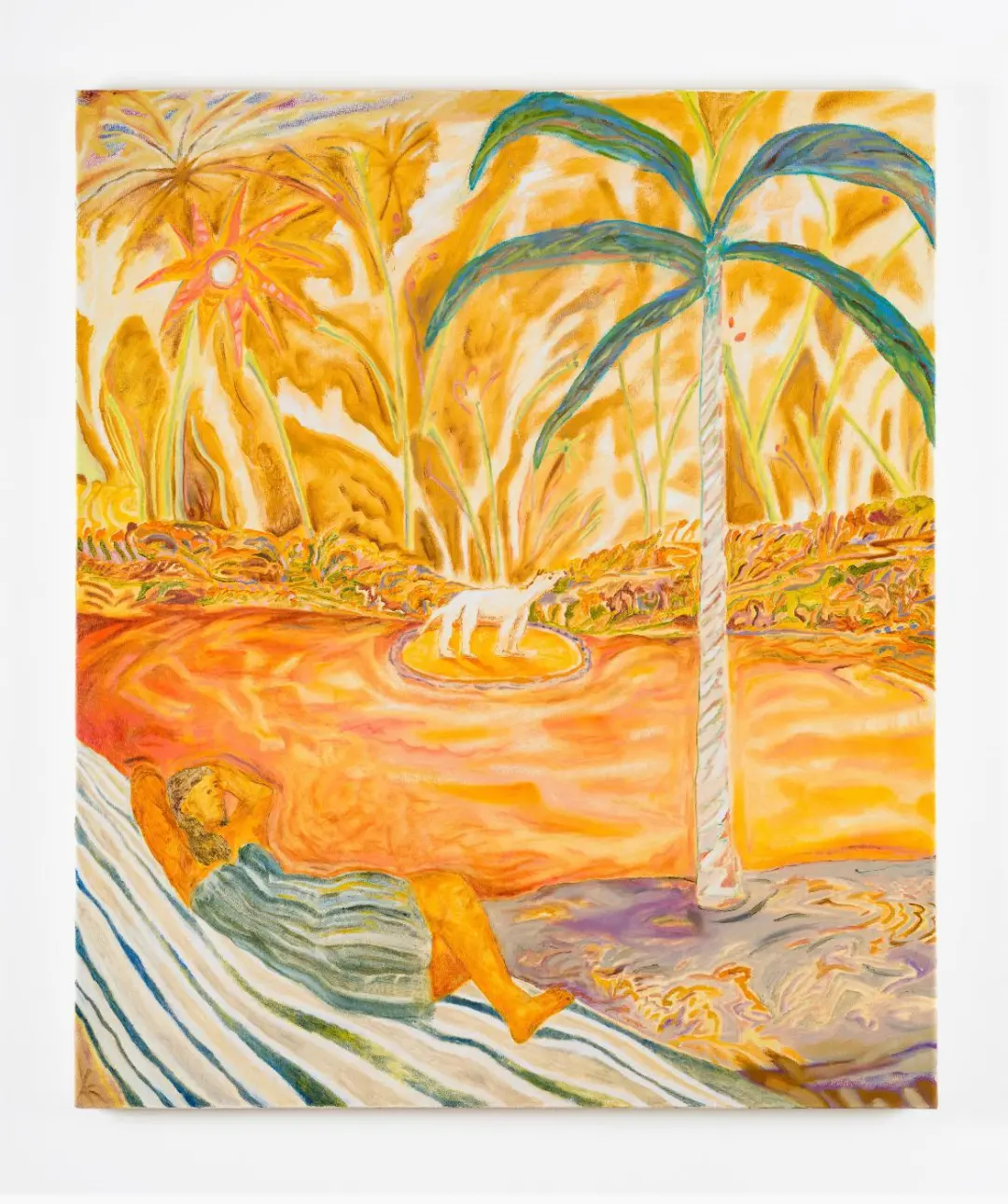
Lawrence Chu’s favourite pieces at Art Basel: Glary Wu Gallery Exit

Lawrence Chu’s favourite pieces at Art Basel: Ji Xin, Hive
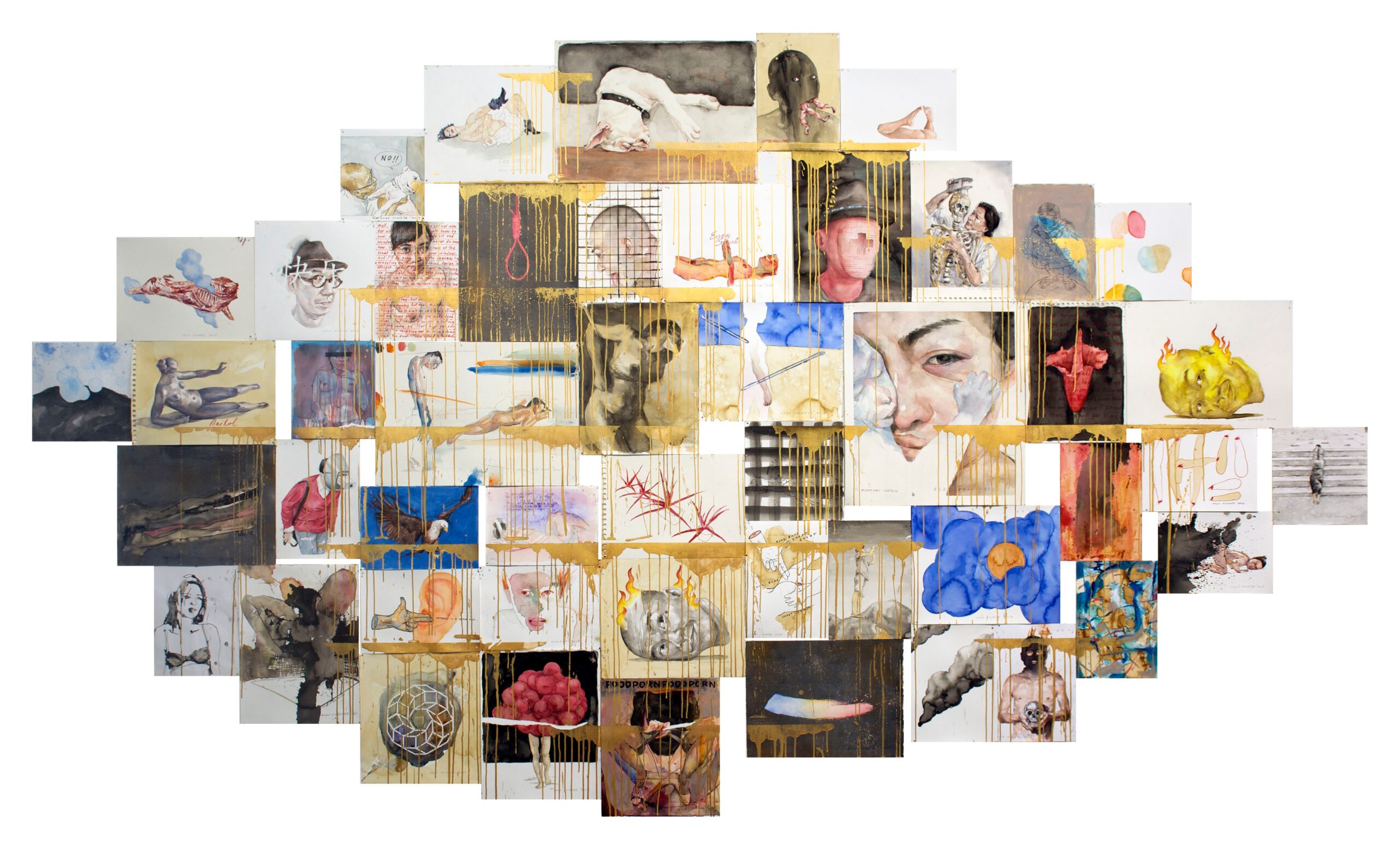
Lawrence Chu’s favourite pieces at Art Basel: Agus Suwage, Roh Projects
The influence of Hong Kong’s leading collectors is evident not just in their collections but in their active engagement with international institutions. Alan Lo, a longstanding member of the Asia Pacific Art Acquisitions Committee at Tate and the Asia Art Circle at the Guggenheim, hosted a breakfast for members of these committees during Art Basel to celebrate Patrick Sun’s exhibition at Tai Kwun. The Design Trust, co-founded by Alan, has donated to MOMA, MAK Vienna, Serpentine Galleries, and OCAT Shenzhen, and collaborates closely with M+. Just before Art Basel, Design Trust held a gala with M+, and Alan also supported LACMA’s party in Hong Kong. His private club, Duddell’s, showcased the collections of prominent local collectors, curated by Eunice Tsang of Current Plans, a new art space focusing on experimental art. These collectors are: Evan Chow, Lawrence Chu, Alan Lo, Stefan Rihs, Honus Tandijono and Yuri van der Leest. The exhibits are mainly works by international emerging artists collected by them.

Invert by Matt Connors from the Evan Chow Collection at Duddell’s
Several collectors are active in philanthropic and institutional projects. Lawrence Chu and his wife Natalie founded The Chu Foundation, which focuses on art education and societal impact. Evan Chow, a former investment banker and current deputy chairman of The Hong Kong Arts Centre, is also on the board of the New Museum and helped launch its art school. His goal? To spotlight art graduates and connect them with local galleries.

Evan Chow’s favourite pieces at Art Basel: Francis Offman, Herald Street
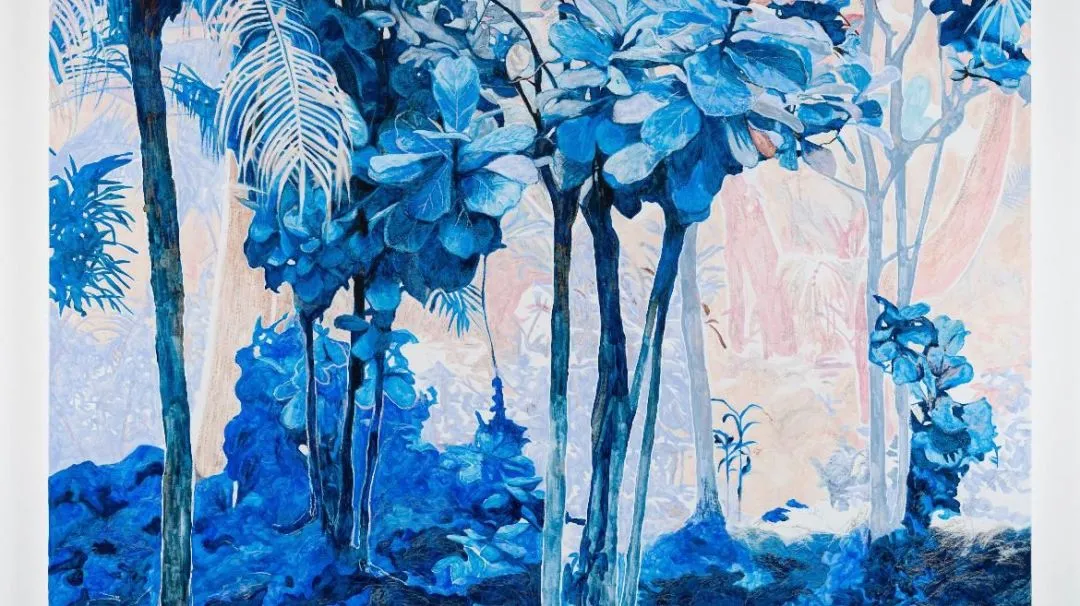
Evan Chow’s favourite pieces at Art Basel: Tobe Kan, Gallery Exit
Architect William Lim is another key figure, known for his collection of contemporary Chinese and Hong Kong art. He’s passionate about elevating Hong Kong artists on the global stage and recently donated 90 pieces from his Living Collection to M+, aiming to transform the city’s cultural landscape.
While mainland Chinese collectors are making waves in the international art market, Hong Kong’s major collectors are not just spending—they’re deeply involved in the fabric of the global art community. They serve on committees, collaborate with international institutions, and host events that bridge East and West. Adrian Cheng’s K11 Musea, for instance, recently presented ‘City As Studio,’ a major exhibition of street and graffiti art curated by Jeffrey Deitch. This move, along with Cheng’s broader cultural ambitions, has captivated the Western art world. Simon de Pury summed it up perfectly: “When someone has the vision, ambition, and resources to push bold ideas forward without waiting for things to happen slowly, miracles can occur—Adrian Cheng is exactly that person.”
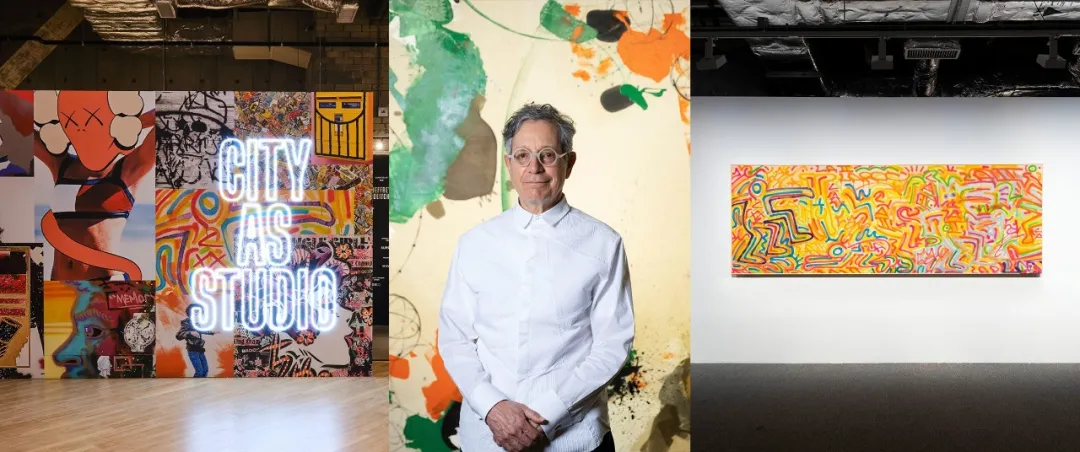
Jeffrey Deitch, City As Studio
As Simon pointed out, the old pyramid of taste, where the elite dictated trends, has flipped. Now, the influence flows both ways—what happens at the grassroots level also shapes the preferences of the top tier. In the past, mega collectors stuck to blue-chip art, but today, even the most seasoned buyers are supporting young talent and engaging with broader cultural initiatives. The buzz in Hong Kong this year was palpable, with local collectors playing a significant role at both institutional and commercial levels.
The rise of these new Chinese collectors, alongside the evolution of Hong Kong’s art scene, signals a dynamic shift in the global art landscape. As the worlds of East and West continue to intertwine, the influence of these cultural pioneers will only grow stronger, shaping the future of art on an international scale.
-the end-
Text: Luning
Copyediting: Rosie


